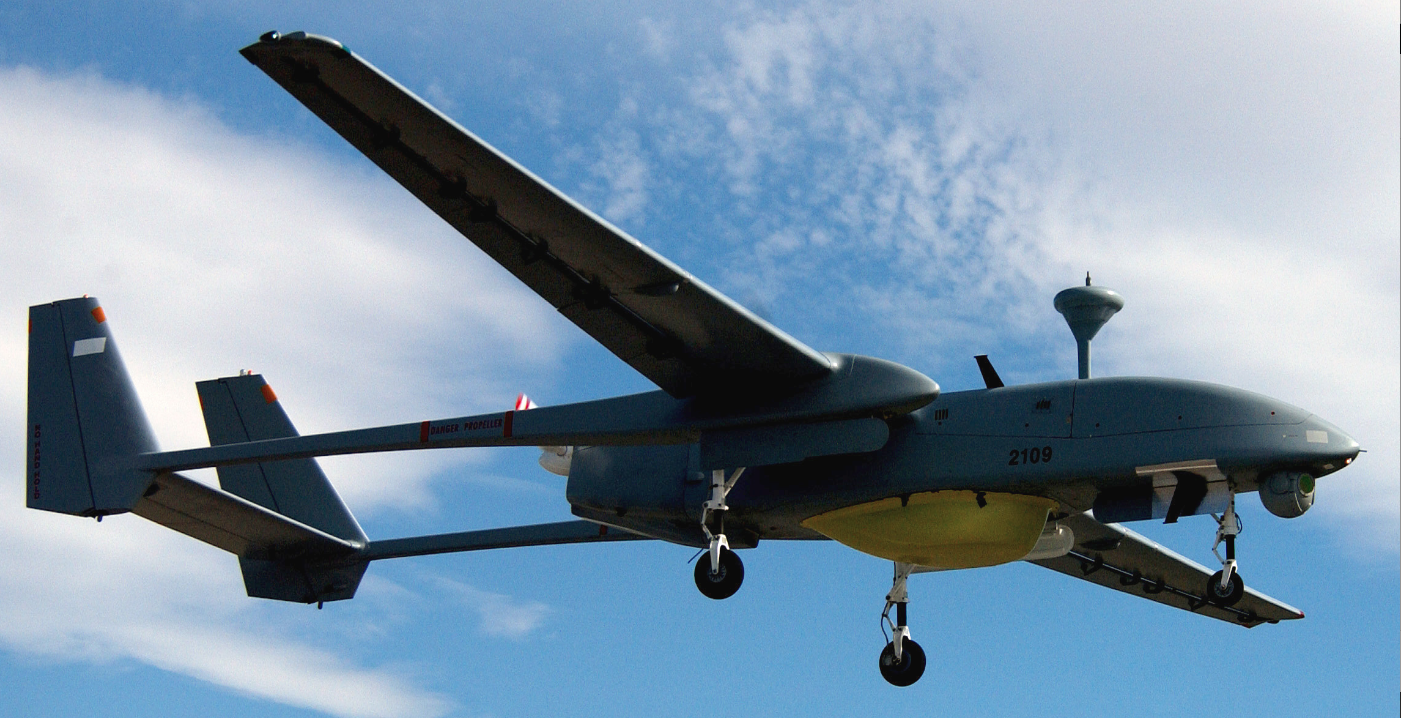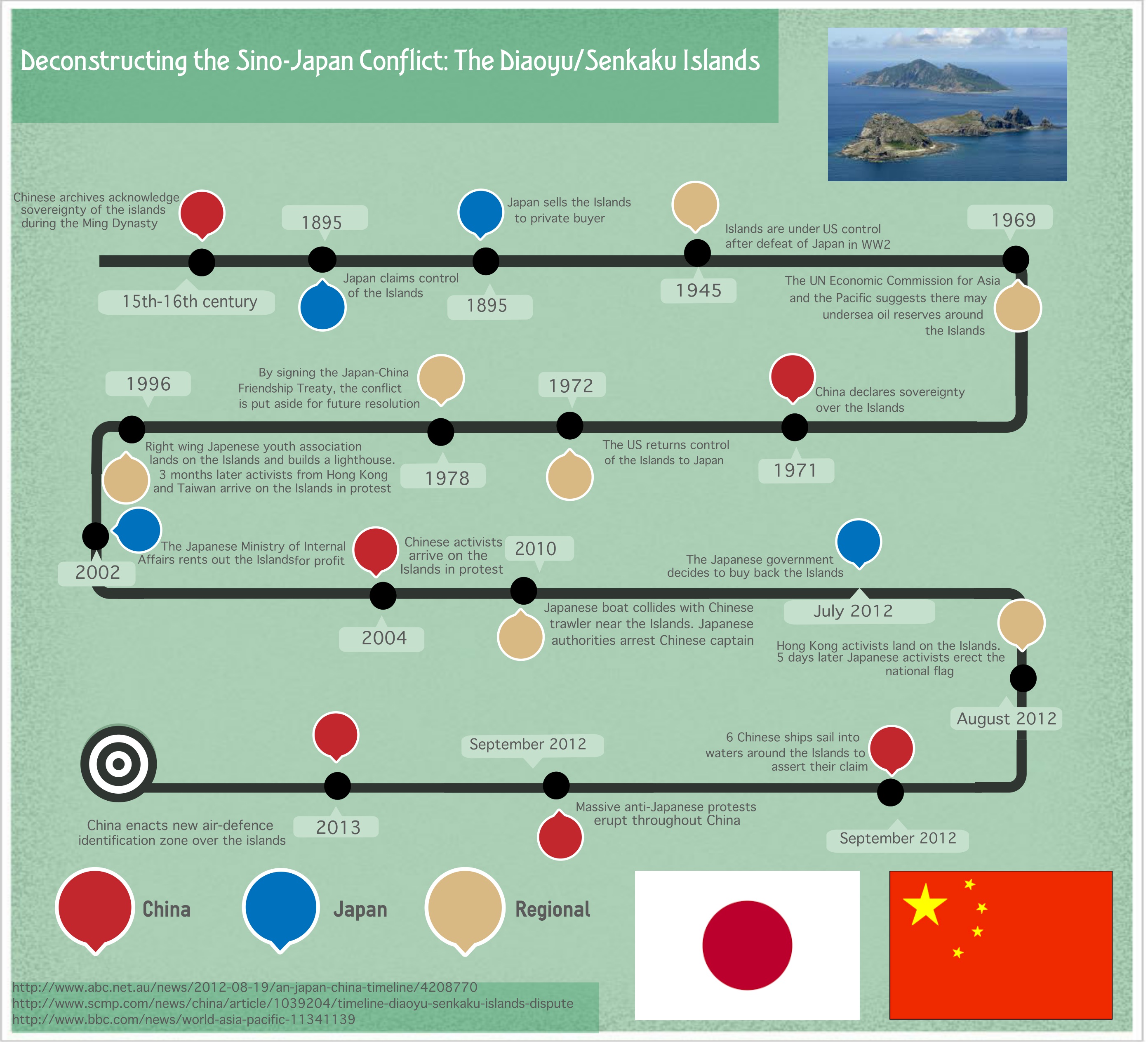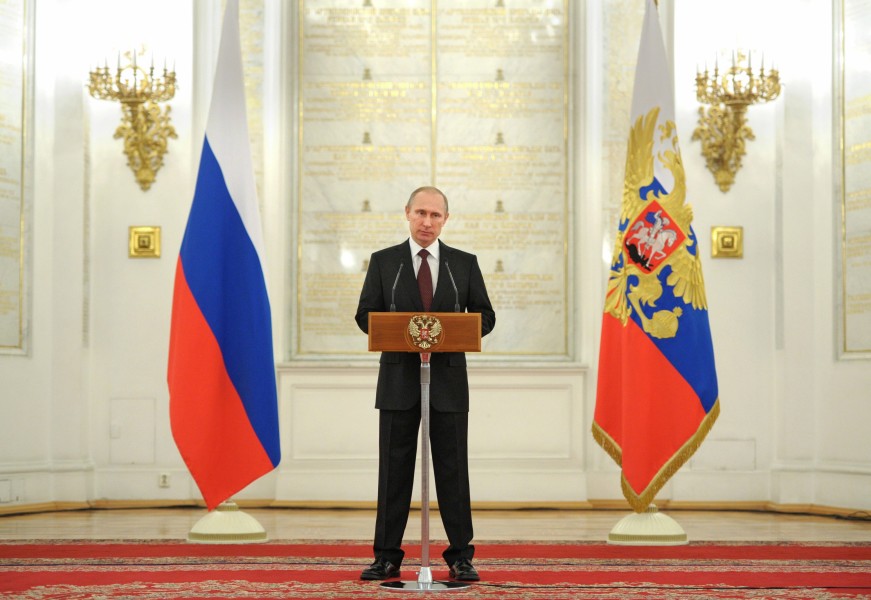This section analyzes the complications, which have already arisen in the rapid expansion in military drone use. This includes personnel crises, strategic backlash, and the convoluted development of a legal and ethical framework for drone use. Exploring these controversies may help CAF develop its own UAV program, while avoiding pitfalls seen by its allies.
Drone Pilots: the new wounded warriors

The technology used in UAVs is advancing steadily, but the machines are currently only as capable as the men and women who control them. The United States military has approximately 1,200 drone pilots, with 65 missions flown each day. The individual pilots are under uniquely stressful conditions. One pilot may be responsible for over one thousand deaths during a combat mission. Additionally, the pilots must daily alternate between their role as a combatant in a war zone, and their role as a civilian, far from the dangers and comradery of military life.
The Government Accountability Office has warned of an ‘exodus’ of drone pilots. Many pilots are choosing to leave the military immediately at the end of their tour. This has created chronic staffing shortages, and jeopardizes the future of American drone operations. Low morale is cited as a significant reason for personnel declining to continue in their position. Mental health is also an emerging concern.
Rates of Post-Traumatic Stress Disorders (PTSD) are as high as, or possibly higher, amongst drone pilots, as among airplane pilots, according to Peter Gray, the director of War Studies at the University of Birmingham. The psychological toll is a product of extreme cognitive dissonance. Pilots are removed from the battlefield, maintaining their physical safety, but also disconnected from the social environment of other soldiers, creating an isolating experience.
Additionally, while drone pilots are geographically distant from their targets, operators often spend weeks tracking the individuals on their ‘kill lists’. This ensures that the targets are in fact involved in threatening activities, and provides opportunities for pilots to strike at opportune moments, when the target is alone or when risk of civilian casualties is minimized. Lengthy tracking periods increase the accuracy and precision of drone strikes. However, as correspondent Mark Bowden explains, the level of intimate knowledge pilots acquire before killing their targets can have psychologically jarring effects.
American data on the prevalence of stress disorders and low rates of retention, remind us that the military drone program is still in the experimental phase, as far as their human operators are concerned. Drone operators face psychological challenges largely unknown to the military community. The Department of National Defence (DND) is already struggling to support the mental health needs of its personnel. As operation JUSTAS proceeds, planners need to deliberately consider the health implications, and personnel challenges, of incorporating armed UAVs into CAF operations.
The psychological susceptibility of drone pilots also offers an argument for fully autonomous Unmanned Aerial Systems. In aircraft safety and intelligence security, the majority of incidents are caused by human error. Removing human oversight may reduce civilian casualties and deadly friendly fire. However, this establishes a complex arena for military conflict. Without the human element, error is reduced, but important factors, such as sensitivity and compassion, are more difficult to apply.
The Drone Wars: A disparate conflict
Armed drones are heavily involved in the Western defence against terrorism. American Predators and UK Reapers are flying over Iraq and Syria, working with local governments to coordinate sustained air strikes against ISIS terrorists. The use of drones allows the coalition to take action against ISIS, while avoiding another ground war in Iraq, which Western leaders such as President Obama, are strongly advocating against.
The drones have been labelled the best ‘ethical’ response to terrorism, protecting the lives of soldiers and reducing civilian casualties. Even so, the strikes have not been perfect. Reports of civilian deaths have led to inquiries by both the UN and Amnesty International, into the legality of the drone killings.
The numbers of civilian deaths have been disputed by the United States. As coalition leaders downplay claims of civilian deaths, observers attest that Western nations are wrongfully refusing to take responsibility for the death of uninvolved bystanders, or even acknowledge that civilians were killed. Perceivably hunted by nameless, faceless killers, local populations have turned their anger towards Western Forces. The anger over drone strikes are arguably the driving force behind the ‘lone-wolf’ terrorist attacks that have occurred across North America and Europe.
The modern technology behind drones is constantly improving; they are becoming more accurate and efficient. Concordantly, the rate of civilian deaths from drone strikes is falling. The Bureau of Investigative Journalism estimates that civilian deaths from drone strikes fell from 12% of total deaths in 2011 to 3% in 2012. This is far less than the high number of civilian casualties in traditional ground conflicts, where they have historically accounted for as much as 80% of total deaths.
The anger is not over the number of deaths, but how the killings are carried out. Targeted drone strikes, where the pilot is invulnerable to counter attacks, fuels the local perception of a nation beleaguered by a powerful, impersonal empire. In light of this danger, terrorist tactics may appear to offer a legitimate form of defence. Instead of effectively reducing the size of terrorist organizations, support for ISIS has grown in regions were drone strikes have been carried out. As Near-Eastern scholar, Gregory Johnsen writes, ‘US strikes … are sowing the seeds of future generations of terrorists’.
Although the potential for unmanned air strikes is not emphasized in JUSTAS, CAF drones will have weapons capabilities, and Canada will likely be involved in the strategic tactics of their allies. The political message of drone strikes needs to be carefully considered by JUSTAS planners. While drones may immediately limit the overall number of deaths, the radicalization of living populations may have significant long-term consequences.
Drones: Unmanned, Armed, and Lawless
In addition to unmanned airstrikes, UAVs have many other potential uses. This is also a complicating factor as JUSTAS aims to define the parameters for UAV operations.

An Independent Panel on Canada’s Future Role in Afghanistan recommended that the CAF’s role in the Afghanistan conflict depended upon the secure access to UAVs for intelligence and surveillance. When Canada leased UAVs for operations in Kandahar, they were purely reconnaissance tools. Under the conditions of the JUSTAS program, UAV platform requirements include ‘the capacity to carry multiple payloads, both surveillance and strike packages’. UAVs have even been suggested as a replacement for the CF-18s. This is unlikely for the near future, mainly due to limitations in communications systems and their inability to operate in air-to-air combat, but when the technology becomes available, replacing all manned aerial strikes with unmanned UAV strikes is a distinct possibility.
The use of armed drones is deemed legal under international humanitarian law, which applies to armed conflicts. In order for drone attacks to be considered lawful, the UAVs must be able to distinguish between civilians and combatants, and take all feasible precautions to spare civilian population and infrastructure. The legality of drone strikes comes into question when information on the operating procedures and the damage caused by the strikes is unavailable.
Lack of transparency, and the absence of universal deployment procedures is at the core of ongoing investigations into drone misconduct. Counterterrorism experts within the UN have identified 30 drone strikes where civilian deaths warranted ‘public explanations’. The US and the UK, who respectively carried out the air strikes under investigation, do not routinely disclose details of the operation. Although, American officials have dismissed claims of civilian casualties as ‘ludicrous … disinformation’.
While there is significant support, there is currently no common position amongst the international community on using drone strikes for targeted killings. A starting point would be to better understand why and how drone strikes are carried out. The lack of transparency makes it difficult to properly evaluate the accuracy of drone attacks, and the level of civilian impact.
The absence of a legal framework around accountability contributes to public perception of a ‘shadowy [and] covert’ drone program. Unmanned air strikes are only one of the many military applications of UAVs, but the unresolved debate over the value of these strikes, and how they are to be carried out, provides another reason for DND to pause and think about acquisition.




